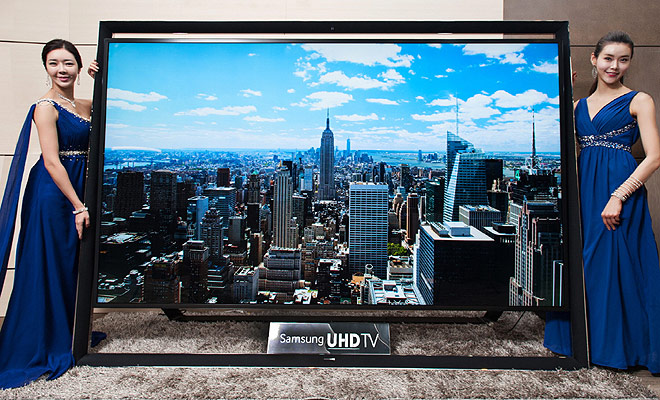Two things common to Wide angle lenses can do this, barrel distortion and perspective distortion.
For barrel distortion, when pulling in a very wide amount of information from off axis, light gets distorted based on how extreme of an angle it is coming in at because the lens can't completely correct for how far off the lens axis the light is.
On the widest side, you have things like fisheye lenses which make no attempt to correct this or even utilize it to get a wider angle. This is what gives fisheye lenses their distinct look. On the flip side, higher end wide angle lenses reduce the amount of barrel distortion through larger and more complex optics, but come at a cost of price, size and weight.
It is actually possible to get barrel distortion on just about any focal length, but wide angle generally show it the most prominently as the difficulty in correcting depends entirely on how far off the center axis the light is coming from.
Perspective distortion, on the other hand, can not be addressed by even the highest quality lenses. The reason for perspective distortion is simply that, even when projected perfectly to a rectangle, if a camera is pulling in information from far to the side, it will end up looking a bit funny to us since we are seeing things normally outside our range of vision projected on to a flat surface.
As Stan pointed out, it appears that this is probably primarily perspective distortion since the screen itself is rectangular. There is also a possibility that barrel distortion wasn't properly corrected, but most likely it is just perspective distortion.




